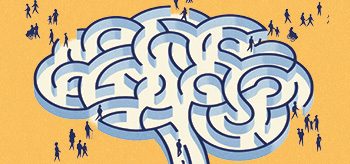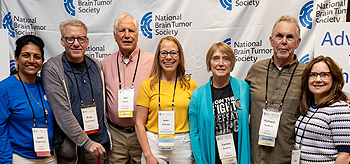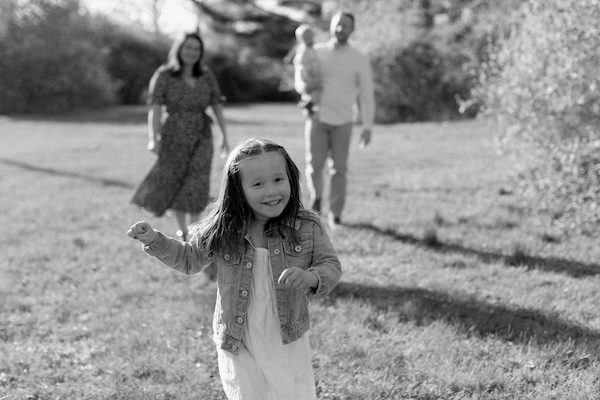When Alice was 3 years old, she had an MRI to try and identify the cause of her lifelong issues with balance. We fully expected to be sent home and told that we were worrying too much about milestones, but instead we were ushered into a room and told that our 3 year old had a tumor on her brainstem, and would need immediate surgery to relieve the hydrocephalus caused by the tumor.
Hours later, as Alice was coming out of surgery, we were told that Alice’s tumor was an aggressive and untreatable type known as DIPG, or Diffuse Midline Glioma, and Alice was given less than a year to live.
Planning to begin radiation, we were connected with the team at CHOP. They immediately got together to discuss Alice’s case, and after review, felt that her symptoms and history weren’t quite lining up with the diagnosis. After meeting with the team, we decided to proceed with a biopsy, and Alice received a new diagnosis of a low-grade glioma. Though her tumor remains inoperable, it is treatable with chemotherapy. 9 months into her chemotherapy, Alice’s tumor has remained stable, and she is still her silly, sweet, and energetic self. She now wants to be a nurse when she grows up, and helps during treatments, shaking her blood samples and helping to “give her tubie a drink.”
We left the hospital as different people than when we entered. The stakes tied to everything were higher; what school will she go to, should I return to work (I had a 7 week old baby when Alice was diagnosed), is our extended family appropriately vaccinated and are they washing their hands? Parenting a 4 year old became much more complicated- we are constantly questioning, “Is this symptom tied to the brain tumor, chemotherapy, or is this typical 4 year old behavior?” We are spinning more plates than ever, balancing doctors appointments, testing, medications, and normalcy-restoring activities. But in the face of all of this hardship, we’ve unlocked a level of joy that we never had before the diagnosis; every moment is precious, every morning that our daughter wakes up to enjoy another day is a treasure.
Finding community in the pediatric brain tumor community has not only connected us to resources and helpful advice, but we have developed friendships with a common foundation, leading to love and laughter and healing.
So many parents catastrophize their children’s symptoms (a wobbly gait, a little head tilt, morning headaches): what if it’s a brain tumor, but we never think that this diagnosis will really ever affect our families. Our doctors will tell us that it’s normal, or something they will outgrow. So many of us only reached a diagnosis after we listed to our intuition and pushed our medical teams for further investigation. We are going gray in May to raise awareness of the signs and symptoms of brain tumors, and to encourage parents and patients to listen to their gut, and advocate for their kids or themselves.
That it can be an “invisible” condition. Alice has an inoperable tumor on her brainstem that affects her mobility, swallowing, speech, and other parts of her everyday life, and its growth is a constant danger. Undergoing chemotherapy means she is limited in her activity, deals with constant health issues, and is immunocompromised. But because she hasn’t lost her hair or experienced any deficits that are immediately noticeable, people often don’t have any idea what she is going through.



